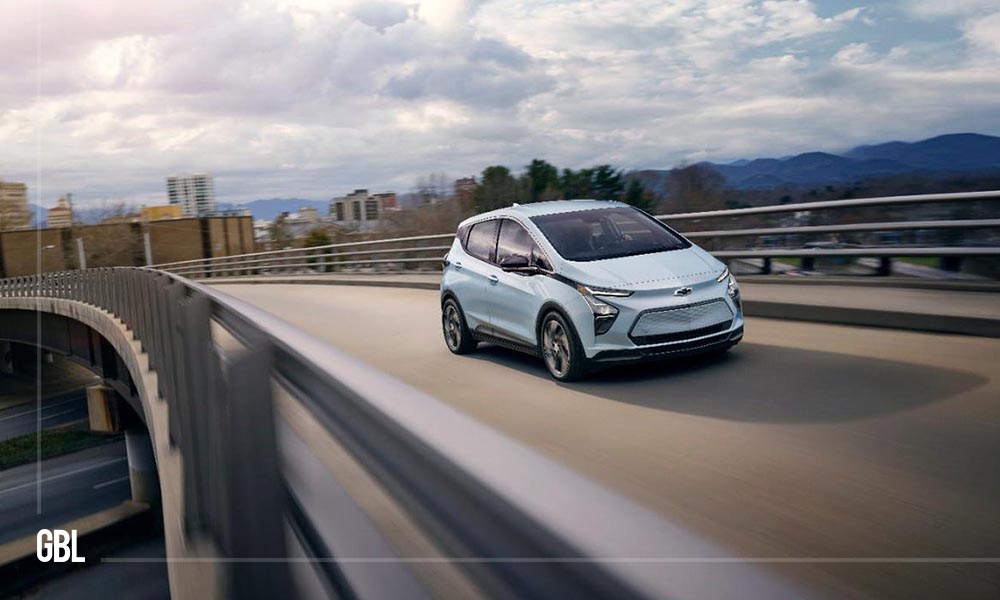Pointers at Glance
- Lyft is expanding its Green mode to more cities, allowing riders to select electric or hybrid vehicles for their rides as part of its efforts to become all-electric by 2030 and reduce transportation emissions.
- Both Lyft and Uber’s plans to transition to all-electric rides could significantly impact overall transportation emissions, addressing a growing demand for sustainable transportation options.
Lyft has announced that it is expanding its Green mode to more cities, allowing riders to select electric or hybrid vehicles for ride-hailing. The green mode was first launched in Seattle in 2019 and is currently only available in Portland, Oregon. From April 17, 2023, it will be available in 14 cities and regions, including San Francisco, Los Angeles, Boston, and Washington, D.C.
For now, the green mode will only be available to riders with Lyft business profiles, although this can be set up using a work email. Under the current program:
- Rides in Green mode cost $1 more than standard rides
- The additional fee is split between the driver and efforts to grow the population of EVs and hybrids.
Lyft and Uber’s Plans For Electric Ride-Hailing
Lyft’s decision to expand its Green mode is part of its efforts to become all-electric by 2030 to reduce transportation emissions. Lyft’s rival, Uber, has also committed to transitioning to all-electric rides by 2030 but has taken a different approach by partnering with vehicle makers to help make electric vehicles more accessible.
Potential Impact of Electric Ride-Hailing on Transportation Emissions
In 2021, startup Arrival unveiled an electric vehicle designed for Uber and ride-hailing, but the project was dropped in 2022. Efforts by both Lyft and Uber to go electric could have a major impact on overall transportation emissions.
According to a study conducted in 2021, ride-hailing services may have a higher greenhouse-gas footprint compared to driving alone due to drivers spending significant time traveling without passengers onboard, a phenomenon known as “deadheading.”
As Lyft and Uber continue to invest in electrification and sustainability initiatives, they could play a major role in reducing transportation emissions and shaping the future of transportation.









